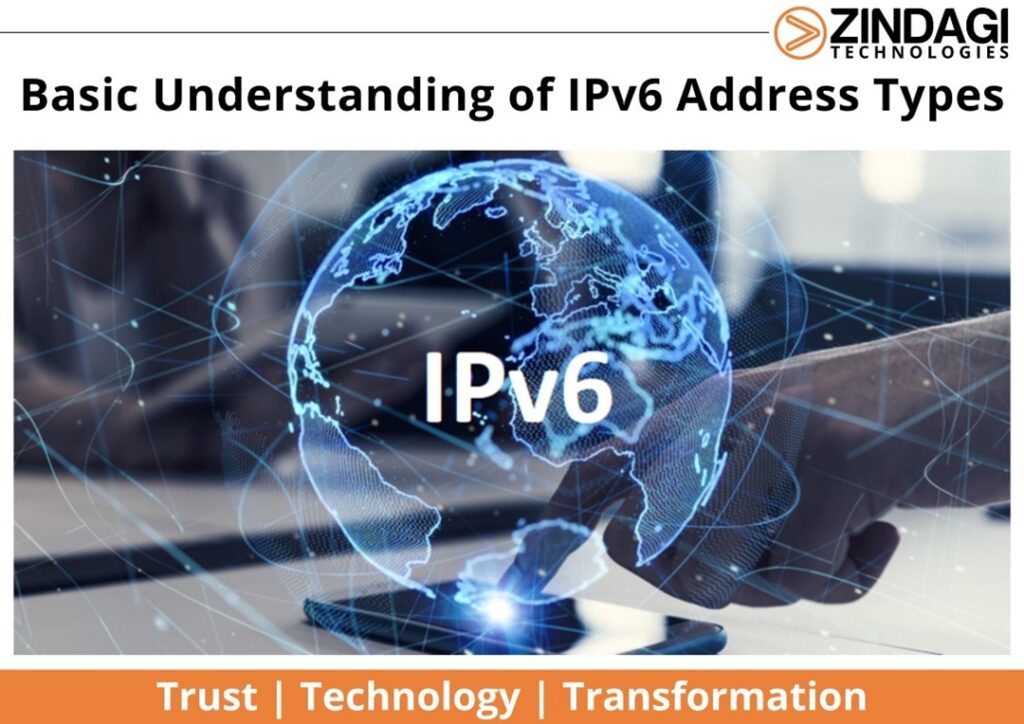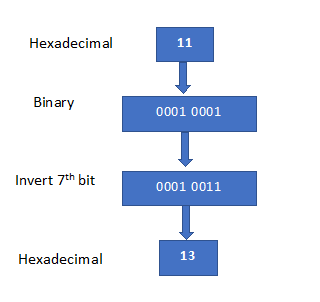Basic Understanding of Address Types of IPv6.

This blog is a continuation of the Introduction of the IPv6 Series. In Part 1, we discussed the basic Introduction of IPv6, and the basic address used in IPv6, In the second part, we will continue with IPv6, and dive into the more addresses used in IPv6 and the basic configuration of IPv6.
Some more addresses are used in IPv6.
- Global Unicast
- Unique local
- Link-Local
- Loopback
- Unspecified
Global Unicast
Global unicast is used to identify a single interface on a public network. They are like public IPv4 addresses which are routable in the IPv6 Internet.

The global routing prefix address portion is assigned by the provider( such as an ISP).In the Global routing prefix, the leftmost three bits are fixed as “001”.The range of Global Unicast Addresses is from 2000 (Minimum) to 3FFF (Maximum).
Unique Local
Unique local is used to identify a single interface on a private network. They are similar to private IPv4 addresses which are not routable in the Ipv6 Internet but are used inside an organization.

In Unique Local address, the first left 7 bits are reserved as “1111 110” in binary and “FC” in hexadecimal. The L bit (8th bit) has to be set to 1 which means the first 8 bits are reserved as “1111 1101” in binary and “FD” in hexadecimal. You can decide on the global ID as your choice.
Link-Local
Link-Local is used to allow communications between devices on a local link means on a single subnet. It is not routable. When IPv6 is to be enabled on an interface, a Link-local address is automatically created.

In Link-Local address, the first leftmost 10 bits are reserved as “1111 1110 10” in binary and the next 54 bits are automatically set to zeroes which means we start with “FE80” in hexadecimal.
Loopback
An IPv6 loopback address functions the same as an IPv4 loopback address which is used for testing purposes. “0000:0000:0000:0000:0000:0000:0000:0001/128” or “::1/128” is called the loopback address.
Unspecified
. “0:0:0:0:0:0:0:0/0” or “::/0” is called the unspecified address. It is used to indicate that the host does not have any address.
IPv6 EUI-64
EUI-64 (Extended Unique Identifier) is a method to automatically configure IPv6 host addresses. As we know, An IPv6 device will use the MAC address of its interface to generate an interface ID which is a 64-bit address, but a MAC address is a 48-bit address.
MAC Address = 1122:6523:AC12
Let us take an example to understand how EUI-64 works.
Step1: Split the MAC Address into two parts.

Step2: insert “FFFE” in between the two parts.

Step3: invert the 7-bit of the interface ID.


The 7-bit represents the universal unique bit. A “built-in” MAC address will always have this
bit set to 0. When you modify the MAC address this bit has to be set to 1.
Basic Configuration
Configure IPv6

In this, I used EUI-64 at the end. EUI-64 will automatically generate the Interface ID using the MAC Address.
How to check IPv6 address on Interface

When you type this command in privilege mode, the output will come below

We will continue this blog in Part 3 where we will dive into IPv6 detailed configuration and more functionality of IPv6.
Zindagi Technology is a Top leading IT consulting company in Delhi. Zindagi Technologies consultants have expertise in the field of designing, building, and maintaining large-scale Networks. If you are looking for IT consulting Services or Support, Please Contact us, drop us a message at +91-9773973971, or get in touch with us via email.
Author
Shobhit Garg
Associate Consultant
